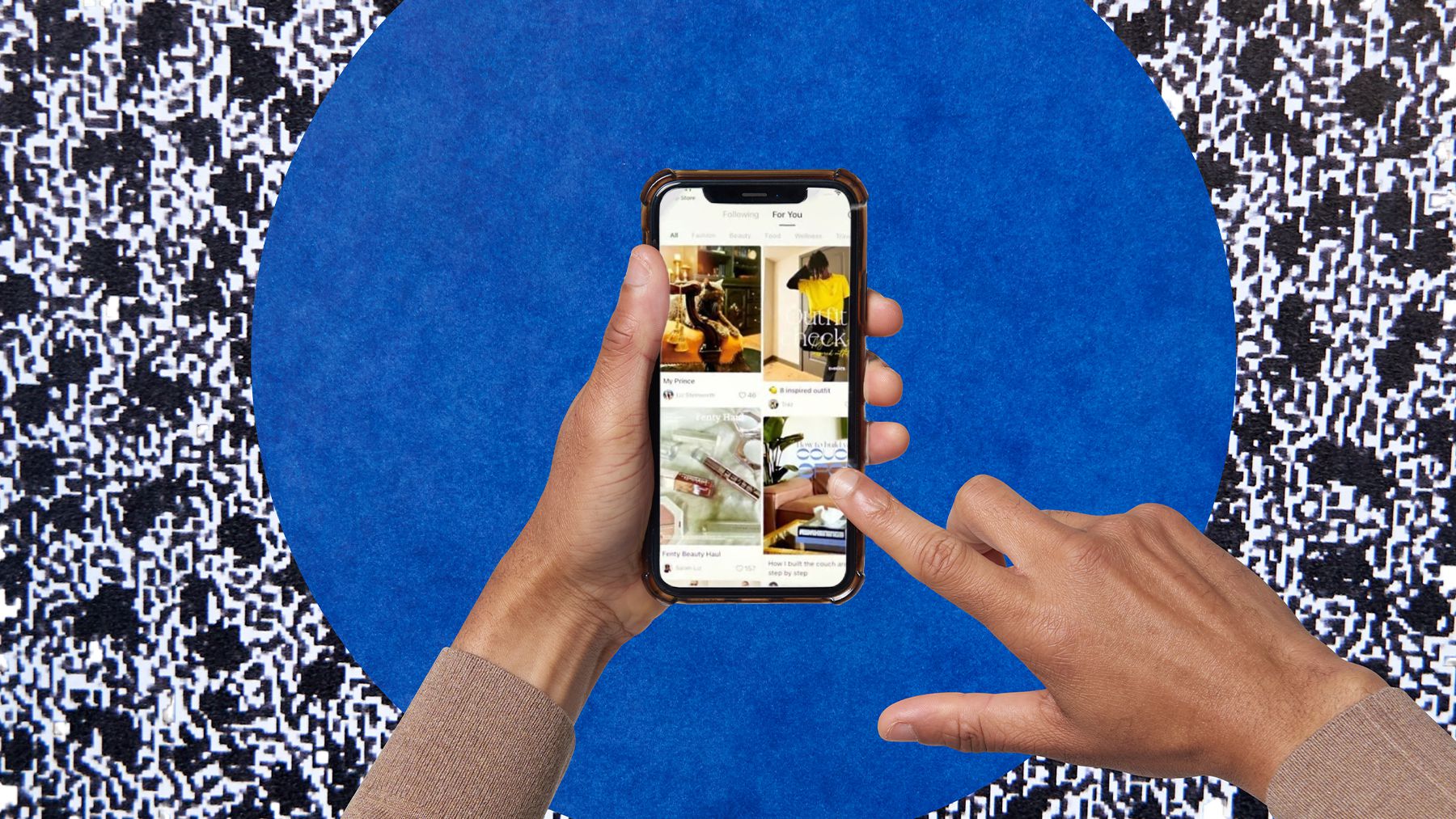
In March 2019, Meta (then Facebook) chief executive officer Mark Zuckerberg announced a major push into e-commerce with the launch of Checkout, a feature that would allow for consumers to buy products directly on its apps.
It seemed a substantial money-making opportunity for the social media giant. “To be clear, we are bullish [on] Instagram’s commerce opportunity,” Morgan Stanley analyst Brian Nowak wrote in an April 2019 research note, noting that brands large and small, plus Instagram itself, were poised to benefit. When, a year later, the pandemic hit and shopping moved exclusively online, Meta pushed further into commerce with its Shops feature, which allows businesses to list products directly on platforms like Facebook and Instagram.
Three years later, though, the frenzy around social commerce has quieted. In February, Meta removed the Instagram Shop tab from the app’s homepage, and in March, it nixed an Instagram feature that let brands tag their products during live streams.
Asian markets have seen success in fusing social media and e-commerce. In the West, however, the uptake is slower. In 2022, sales through social platforms surpassed $400 billion in China but reached just $53 billion in the US during the same period, according to estimates from Insider Intelligence. Live shopping, where brands sell goods through livestreams, accounted for $190 billion in online sales in China last year. In the US, livestream sales hit $20 billion, according to data analytics firm Coresight Research.
There’s room for growth: Insider Intelligence estimates that orders placed through social media in the US will reach $130 billion by 2026.
Platforms aren’t giving up just yet. Despite talk of a potential ban, companies piloting new selling features are hoping to recalibrate. TikTok is ramping up its commerce offering in the US, and has been testing direct checkout since last November. The company recently started an affiliate program that enables creators to collaborate with sellers and earn commission by showcasing a merchant’s products in their TikTok videos and livestreams. In April, peer-to-peer resale platform Poshmark launched its own live shopping feature called “Posh Shows.” Meta is currently waiving the merchant fee it earns from sales done directly through Facebook and Instagram Shops until July 2023 to encourage businesses to participate. Pinterest plans to make core features like its homepage and search bar shoppable this year, the company’s CEO Bill Ready said on an earnings call in February.
Meanwhile, brands that are investing in platforms with newer and existing features are managing their expectations of what social selling can help them achieve. They’re also balancing how to embrace social commerce without diverting sales from their own sites.
“When [brands] are thinking of social commerce, they’re thinking ‘How do I drive people to my site?’” said Jordan Jewell, an analyst in residence at e-commerce software firm Vtex. “You have to make your bets based on what you think will help your brand.”
Beyond Sales
While many brands are willing to try out tools like direct checkout on social media or livestream shopping, they don’t solely see them as a vehicle for purchases.
For example, when handbag seller Modern Picnic debuts its summer collection later this month, it’ll launch a new shop on TikTok. But it anticipates the TikTok shop won’t make a dent in its overall sales — it’s been selling on Instagram for nearly a year without much revenue impact. Modern Picnic simply wants to experiment with these selling methods to give customers as many options to buy as possible.
“We’re still seeing the highest conversions on other channels,” said Ali Kaminetsky, Modern Picnic’s founder. “Typically, it doesn’t drive so much for us. It’s more of a commerce experience. It’s just there.”
It’s also a marketing channel for the brand: It hopes its more than 100,000 TikTok followers will visit the brand’s site after visiting the shop.
As well, some industry insiders say brands in the US could use live shopping — which often feature brand representatives explaining products and answering audience questions — to connect with returning and new consumers.
“If you think about a generation that is so connected to being authentic, live shopping gives you ways to create those organic connections,” said Brian Beitler, founder of the shopping app Sune, which lets brands sell goods through live QVC-style shows and launched in April.
Modern Picnic is using Sune for what it calls “community-driven selling.” The handbag seller previously experimented with live shopping on Instagram and another live selling platform, Talkshop Live. But Modern Picnic found that those forums don’t always lead to direct purchases, especially for items that cost over $100, but it does allow the company to teach shoppers about its vegan leather purses that double as lunch bags.
“With Modern Picnic, it’s a product that needs a bit more education behind it,” Kaminetsky said. “That’s where live shopping is helpful.”
Chasing Conversions
For brands looking to use social media to increase sales, first and foremost, promoting their social media shops to prospective buyers has helped boost sales volume.
Women’s health brand Perelel started letting customers check out on its Instagram Shop last October, and runs ads featuring products available in the shop. The customers who transact directly on the platform spend 26 percent more per order than those that buy Perelel’s pre- and post-natal vitamins on other selling channels.
These sales account for less than one percent of overall revenue each month. That’s partially because the company spends the bulk of its Instagram marketing dollars on ads that direct shoppers to its site, where it can sell subscriptions, which make up 95 percent of Perelel’s annual sales. Perelel would invest in promoting its Instagram Shop further once they can offer subscriptions through the app, said Alex Taylor, the company’s co-founder and co-CEO.
“Our customer is a millennial. She’s already very comfortable on Instagram,” Taylor said. “We are functioning in a space where our consumer is spending time.”
Even the brands that don’t already invest in ads to send people to their storefronts on social media are open to making such investments.
Men’s apparel brand Rhone launched its Instagram Shop last December. The company has focussed its social media advertising efforts on luring new shoppers to its site who are most likely to be repeat buyers. Rhone will eventually test ads that promote its Instagram Shop, in conjunction with the ads it already runs, to see which channel is best at inspiring customers to make a purchase, said Emma Crepeau, Rhone’s chief growth officer.
“We don’t really mind what channel they come from as long as they are converting,” said Emma Crepeau, chief growth officer at Rhone. “It’s always going to be a matter of testing.”



